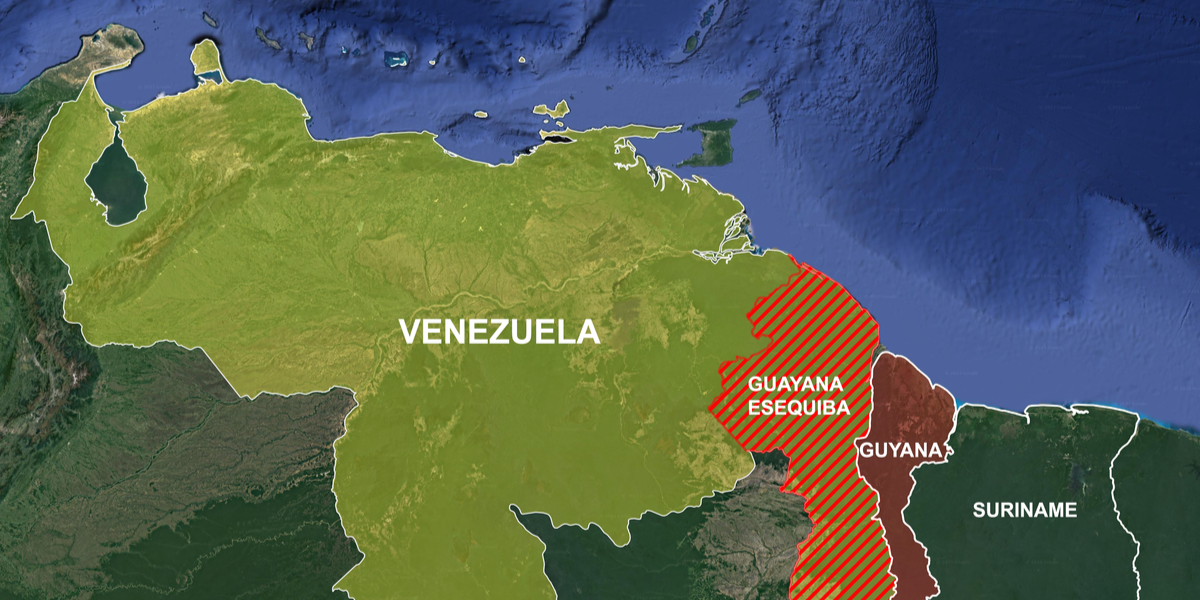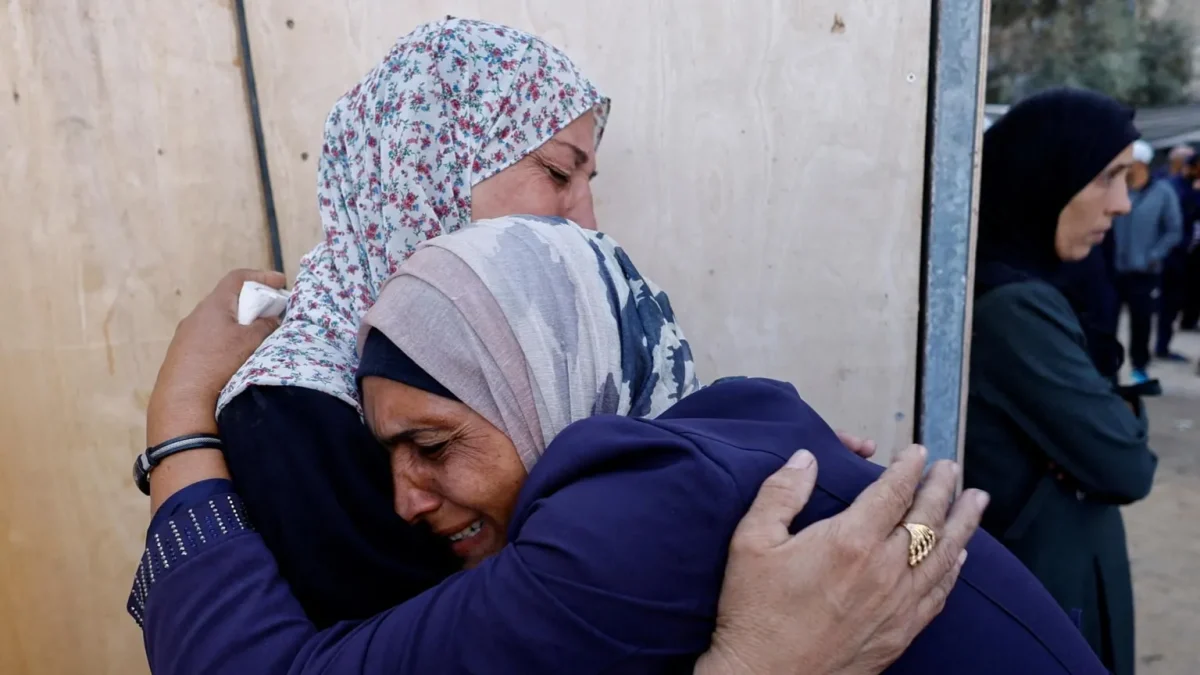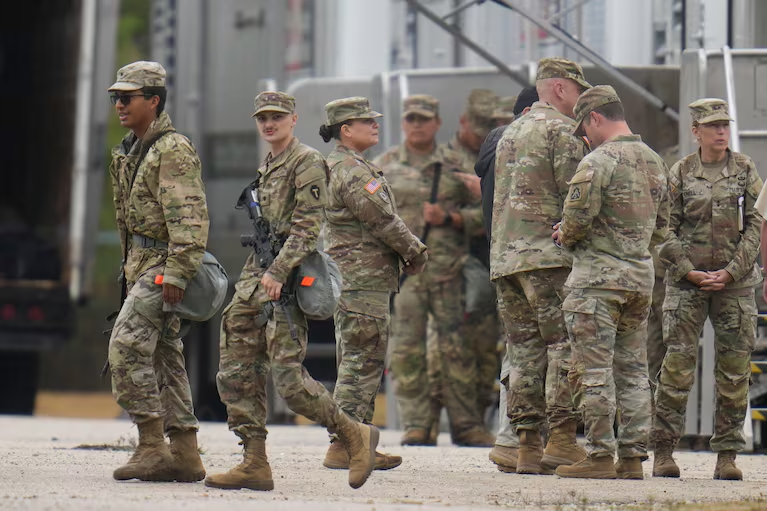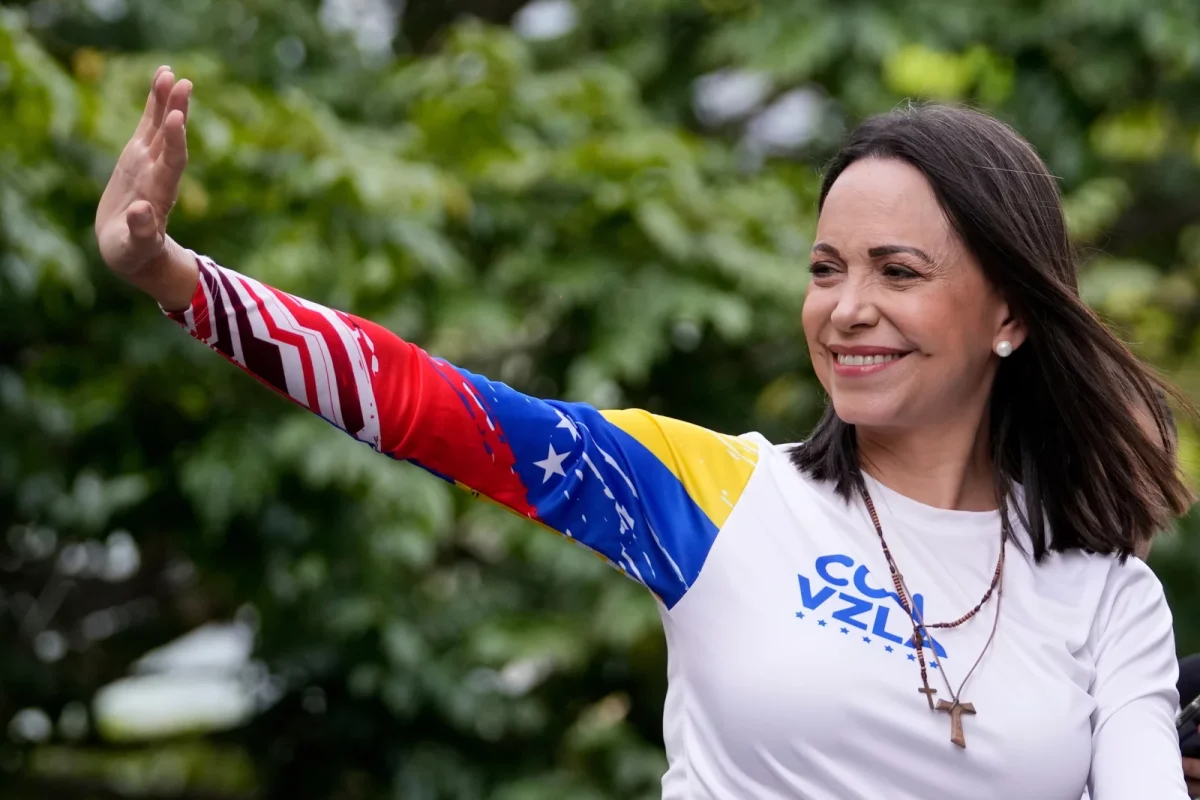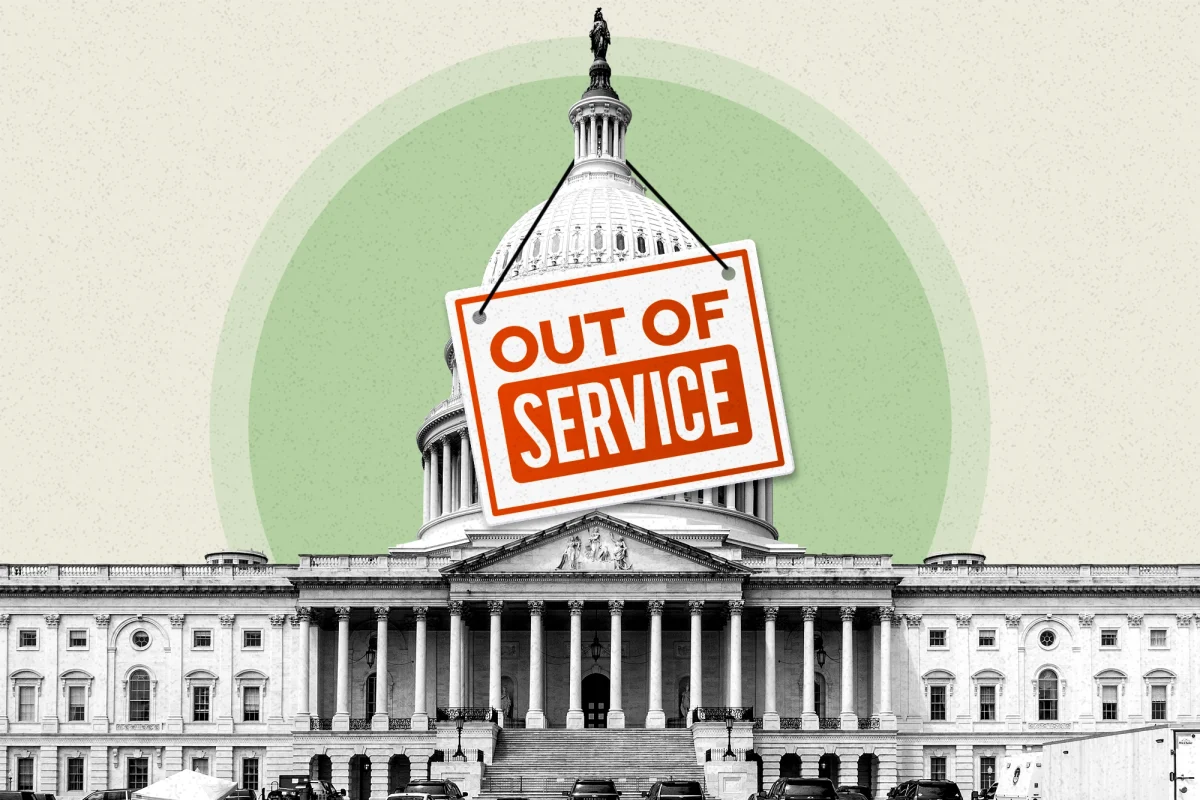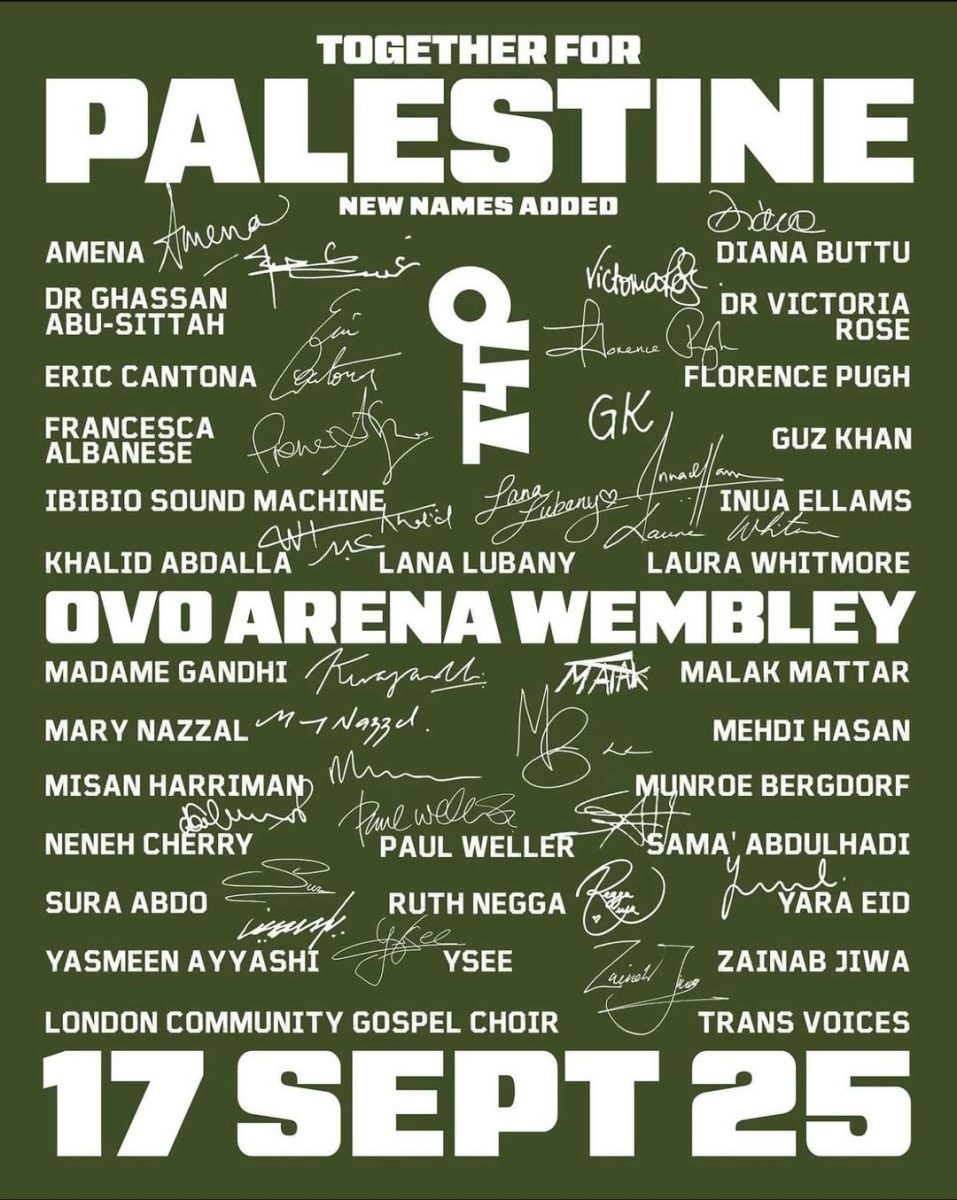In a referendum held Sunday, Dec. 3, Venezuela voted to annex a significant portion of the territory of Guyana. The area being annexed is an oil-rich territory of Guyana named El Esequibo, which comprises most of Guyana.
Venezuelan President Nicolas Maduro has called on the National Assembly to pass legislation that would make this part of Guyana officially a part of Venezuela.
The reasons Maduro gives for this decision go back to a century-old territorial dispute, which Venezuela has claimed as its own and regularly shows as a part of its own territory.
What’s interesting about this issue is while most of the world recognizes the territory as part of Guyana, within Venezuela, most people seem to agree the territory belongs to Venezuela. This is largely because of an education system that has promoted the idea the El Esequibo territory is a part of Venezuela.
The history of the border dispute will help us to know why some believe this is an issue. The border between Venezuela and Guyana was drawn in 1899, but the dispute started in 1841 when Venezuela accused Britain of encroaching on Venezuelan territory. Later, in 1899, the current border was decided upon by an international tribunal of Arbitration, which has been an ongoing issue for Venezuela ever since.
The border dispute only flared up recently once there was evidence of significant oil deposits within the area Venezuela calls its own in 2015.
One important factor in this case has been the International Court of Justice (ICJ), which has attempted to seek a peaceful resolution that would see Venezuela not invading Guyana. Venezuela seems intent on ignoring the ICJ’s calls for a peaceful resolution, though it’s still uncertain if Venezuela will act on this referendum or not.
If Venezuela does act on this referendum, this could mean war between Venezuela and Guyana, and with Venezuela having nearly 28 million more people, it’s unlikely Guyana would be able to defend itself alone for long. Luckily for Guyana, it’s unlikely they would fight a possible war alone as Guyana is an ally of the U.S.
After the referendum passed, the U.S. announced it would conduct military drills with the Guyana military on Thursday, Dec. 7. In what is likely a show of solidarity, warning Venezuela of the U.S.’s intentions if Venezuela invades.
While the arguments from Maduro of this part of Guyana may mirror the arguments Russian President Vladimir Putin has made about Ukraine being historically Russian territory, the circumstances that prevent the U.S. from directly involving itself in the Russia-Ukraine war do not exist for a hypothetical invasion of Guyana. There would be little threat of other powers involving themselves on behalf of Venezuela if the U.S. were to intervene, and there is no real possibility of U.S. involvement spiraling into a nuclear war, unlike if the U.S. were to intervene in Ukraine.
In even worse news for prospects of a successful annexation of the El Esequibo region, Brazil has deployed troops along its border with Venezuela. Brazil’s goal here is most likely to maintain peace in the region for the sake of stability and to flex its status as the strongest military power in South America.
Regardless of what happens in the coming months, the region and, most of all, the people of Guyana will be on edge, waiting to see what comes of this referendum.



